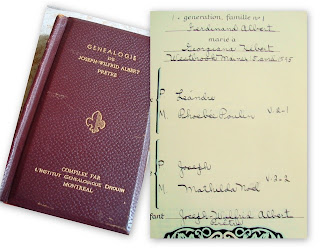 |
| 1912 Postcard of Bridge Street |
...and before my time, the theater had another history:
The Star Theater was built on the corner of Main and Central Streets in 1912. It hosted stage and minstrel shows until the advent of motion pictures when a large screen was built over the stage and movies were shown. Many a Westbrook child spent his or her Saturday afternoons at the Theater. Hubert Prior Vallee, later known as Rudy Vallee, worked as an usher here before going on to star in the movies himself.Photo and text courtesy of Westbrook Historical Society and Mike Sanphy.
If you ever wanted to know the stories of the people of Westbrook's past, pick up a copy of "Remembering Westbrook" by Andrea Vasquez. I purchased a copy on Amazon. The book's cover is shown here.
The stories comprise many of the names that bare locations and businesses in the city today. For example, the man who founded the Dana Warp Mill, Woodbury K. Dana (1840-1924), overcame learning disabilities to finish school and also served in the Civil War. This man could have served as a mentor to my grandfather who would become a successful businessman in his own right. A picture of the Dana Warp Mill and Falls is shown below. The first school I attended in Westbrook, the Warren School, was named after Cornelia L. Warren (1857-1921). A woman born into money, she became very educated and influenced Westbrook by her philanthropy. An advocate of recreation, she even financed tennis courts for the city maybe even the ones I played on as a youth.
 |
| Dana Warp Mill |
Source: epodunk.com
Westbrook became its own town in 1814 after breaking away from the area that was called Falmouth. The name originated from an early settler, Thomas Westbrook, who was also a mill worker matching the lasting image that the mills would provide for the town over the years. In 1871, the town's size was reduced by the formation of Deering which later became part of Portland. Finally in 1891, Westbrook became incorporated as a city.
The city seal of Westbrook above shows a ship said to be a rough sketch of the boat Colonel Westbrook used to travel to Maine. The armored boot on the top is copied from the Westbrook family crest of England.
Source of Bridge Street postcard image: Wikipedia




















